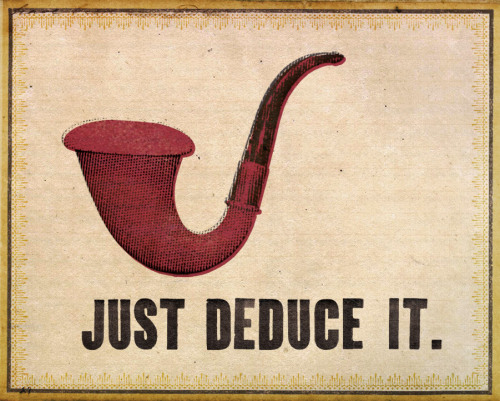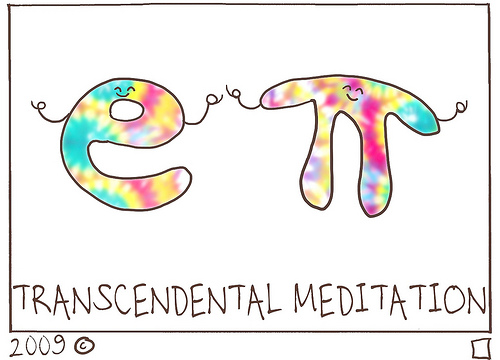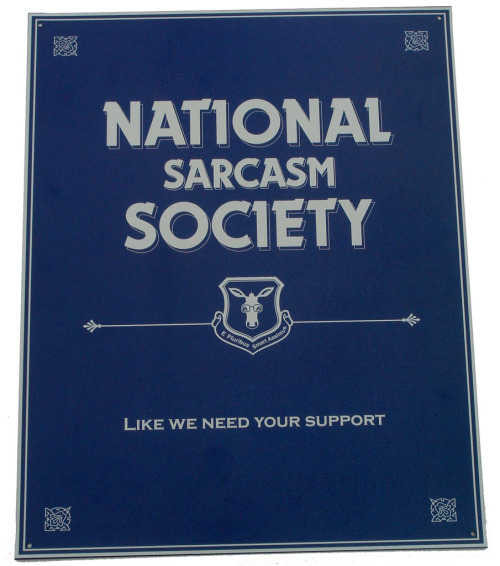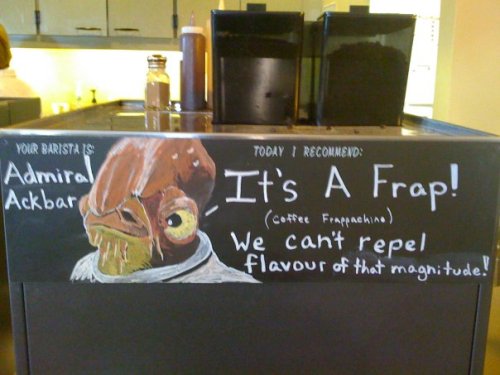Interzone denizen Art just sent me some links, two of which were astronomical bits I had already seen, one of which I had set aside to research a little more and post on later (teaser: boooooats... innnnn.... spaaaaace!). The third, however, is new to me, and a lot of fun.
Sodium (Na) reacts very exothermically with water (H2O) in the following reaction:
2Na+2H20—> 2NaOH+H2. In the typical classroom demo, very small amounts of sodium are used, and the temperature doesn't get high enough to ignite the hydrogen. (Sometimes it does, and little "pops" can be heard as the hydrogen reacts with atmospheric oxygen, exploding into more water; for this reason, the beaker in which the demo is being done should be covered to prevent splashing the molten sodium.) In this vidclip, though... well, the hydrogen is pretty clearly reacting too.
The environmentalist in me is sort of horrified, but the kid and scientist is delighted.
Chemistry is a blast. Sometimes literally.
Followup: if you are a teacher and do this as a demo, mix in a drop or two of phenolphthalein to the water before you drop in the Na; the presence of NaOH will be shown by the purple trail under the piece of Na as it reacts. If you're not a teacher, scientist or technically trained to work with it, you will find metallic sodium difficult to obtain, and you really shouldn't try... it will react with any water at all, notably in your skin, to form NaOH- the active ingredient in drain cleaners. Also known as lye, NaOH is very, very good at breaking down organic material. Notably skin and flesh. If you don't know what you're doing, don't mess with it.
Is This Your Hat?
11 years ago




















































































